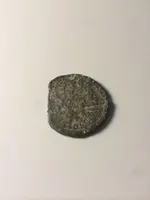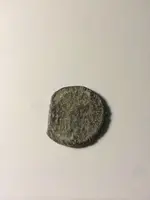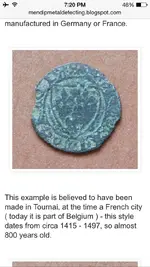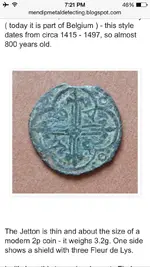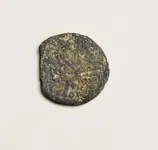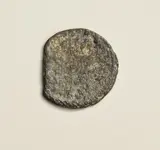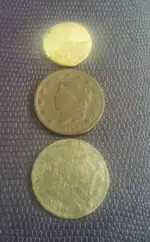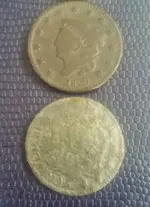rsilva02667
Sr. Member
I went out detecting today where I found two large cents in the last two days. I found this round disk, I think it might be made of lead because it is pretty easy to bend a little. When I got it home I noticed it has letter and or numbers on it and a raised edge. Is this possibly a period counterfeit?
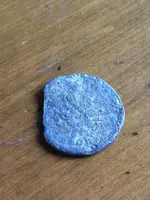
Thanks for looking!

Thanks for looking!



